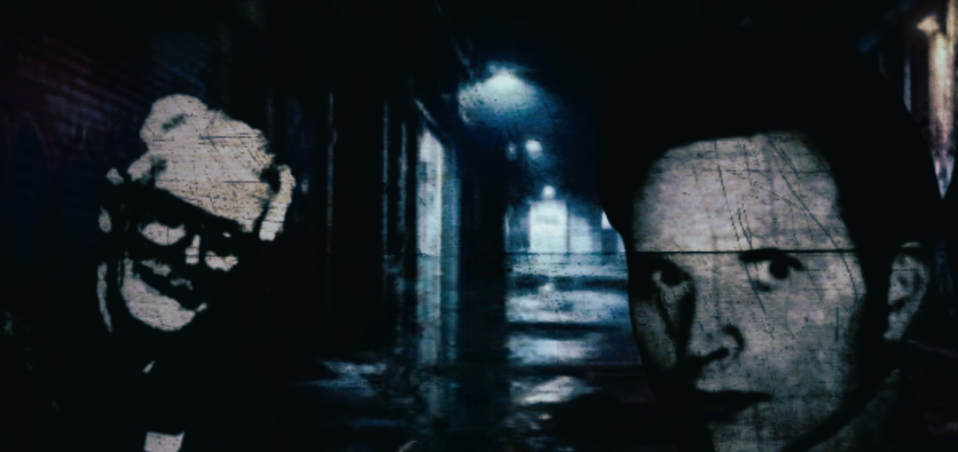Elmer Wayne Henley Jr.’s transformation is a story that merges innocence with the chilling undercurrents of malevolence. This young teen, who was just fourteen when he was first ensnared by Dean Corll, offers a twisted and haunting narrative that forces us to see past the black-and-white. Henley’s upbringing in a neighborhood riddled with difficulties made him an easy target for Corll, a man who preyed on vulnerability. Corll, known as the ‘Candyman’, manipulated Henley’s youthful need for acceptance and belonging—a tactic that got him recruited into the dreadful cause.
Understanding the psychological shifts in someone like Henley means treading through a complex web of control and coercion. It wasn’t merely the promise of acceptance that locked Henley into Corll’s clutches. It was a gradual grooming process—a toxic dependency fostered by Corll’s calculated manipulation. By the time Henley realized the magnitude of his involvement, he was caught in a scenario almost impossible to abandon.
The blend of fear, manipulation, and moral conflict creates a cocktail potent enough to blur the lines between victim and perpetrator. Henley’s case challenges the basic notions of agency and complicity. This isn’t just another sensational crime story—it’s a chance to learn and to be vigilant in identifying predatory behaviors in real life. Seeing Henley as merely a criminal ignores the underlying tragedy and mental gymnastics involved in such cases.
Considering these factors makes you question how society should view those like Henley. They’re stuck in a relentless cycle of guilt and survival, with unpredictable responses to trauma. There’s guilt in every corner—guilt for the actions taken and guilt for not escaping. It’s important to explore ways to break these cycles, through prevention and rehabilitation, ensuring potential targets of manipulation receive the support they need before they step onto a dangerous path.
The alarming truth is that these dynamics aren’t unique. Many who fall into lives of crime as accomplices often start as victims themselves. That’s where real change can happen—by recognizing the signs early, stepping in with guidance, and offering safe havens. The better we’re at catching these transformations early, the safer vulnerable individuals like Henley can be, reducing the risk of repeating such dark histories. link to buy book>> https://amzn.to/3Zn1DN4
Some of the links on this website are affiliate links, meaning, at no additional cost to you, I may earn a commission if you click through and make a purchase. Please note that I only recommend products or services that I personally use and believe will be beneficial for my readers.











